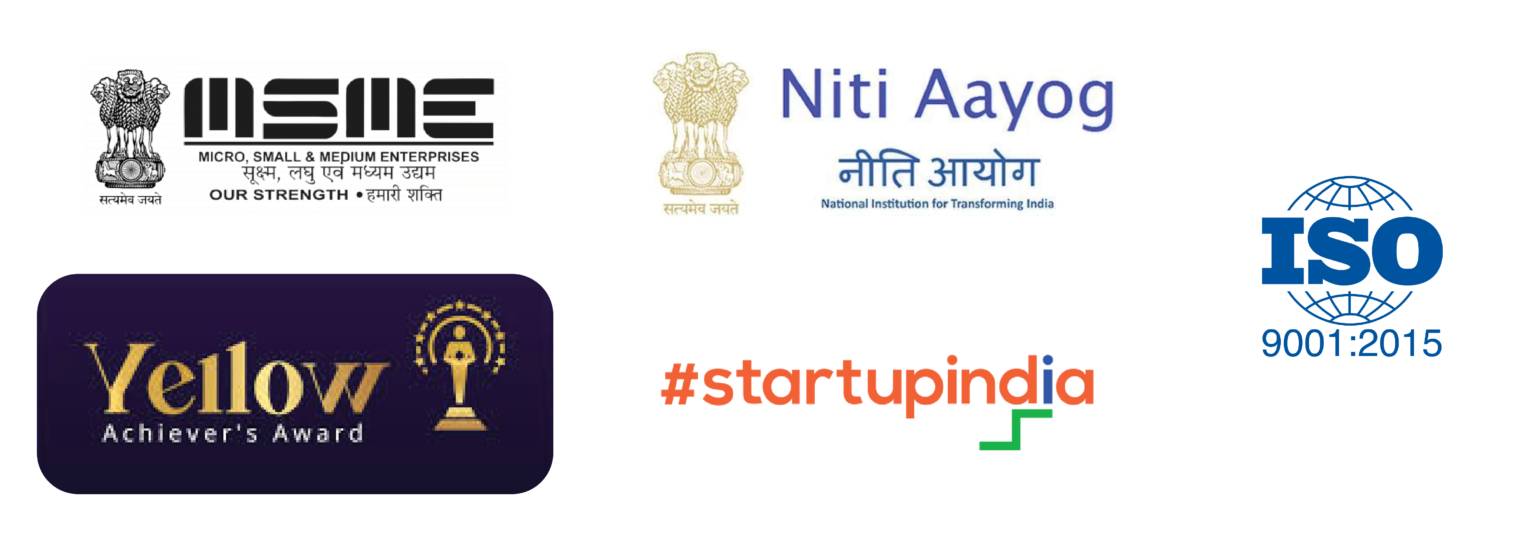
Substituting natural wood with fibre cement boards has become increasingly popular due to fibre cement’s durability, versatility, and eco-friendly characteristics. Fiber cement boards offer several advantages over natural wood in construction and are particularly valued for applications in cladding, siding, roofing, and interior walls. Here’s a look at why fibre cement boards are a viable alternative:
1. Durability and Resistance
- Moisture Resistance: Unlike wood, fibre cement is highly resistant to moisture, reducing risks of warping, rotting, or swelling in humid or wet conditions.
- Fire Resistance: Fiber cement boards are non-combustible, providing an added layer of safety in case of fire—a significant advantage over natural wood.
- Pest Resistance: Fiber cement does not attract termites, insects, or other pests, which are common problems with wood, especially in certain climates.
2. Eco-Friendliness and Sustainability
- Reduced Demand on Natural Resources: Fiber cement uses a combination of sand, cement, and cellulose fibres, which reduces the demand for natural wood, helping conserve forests and reducing environmental impact.
- Low Maintenance: Fiber cement boards require minimal upkeep over their lifetime, reducing the need for harmful chemicals, stains, and sealants that are often needed for wood.
- Energy Efficiency: Some fibre cement options have high thermal resistance, contributing to better energy efficiency in buildings when used in cladding or insulation.
3. Aesthetic Flexibility
- Wood-Like Appearance: Many fibre cement boards are designed to mimic the texture and grain of natural wood, providing a similar aesthetic without the associated maintenance.
- Colour and Finish Options: Fiber cement can be pre-painted or finished in various colours, or it can be primed for custom on-site painting, giving designers a wider range of creative possibilities.
4. Cost Efficiency
- Lower Long-Term Costs: Although fibre cement may have a higher upfront cost than wood, its durability and low maintenance make it more cost-effective over the long term.
- Reduced Maintenance Expenses: Unlike wood, fibre cement does not require frequent sealing, staining, or refinishing, which significantly lowers maintenance costs and effort over time.
5. Installation and Application
- Versatility: Fiber cement boards are available in various thicknesses and can be used in a range of applications, from exterior cladding to interior walls and roofing.
- Ease of Installation: Though they are heavier than wood, fibre cement boards can be easily cut, drilled, and installed, often with the same tools used for wood.
6. Limitations to Consider
- Weight and Handling: Fibre cement is denser and heavier than wood, which can make handling and installation more challenging and may require reinforced framing in some applications.
- Less Flexibility: Unlike wood, fibre cement has limited flexibility, meaning it can be more prone to cracking if not handled properly or subjected to heavy impact.
- Initial Cost: Fibr ce ement often has a higher upfront cost compared to wood, though this is usually offset by reduced maintenance and longer lifespan.
Key Applications for Fiber Cement Boards
- Exterior Cladding and Siding: Ideal for building facades, as it resists weather damage better than wood.
- Interior Walls and Ceilings: Great for damp-prone areas like bathrooms and kitchens where wood may warp or deteriorate.
- Roofing and Eaves: Fiber cement works well in places that require weather-resistant materials.
Conwood is an excellent, sustainable alternative to natural wood, particularly for applications requiring high durability, moisture and fire resistance, and low maintenance. It’s a material that combines aesthetics with practicality, making it well-suited to modern building needs.
· To know more about CONWOOD-Wood replacement interior and Architectural product , do get in touch with us on balaji@bptonline.in or whatsapp number 9980789618. Our team from BPArch-Architectural products division shall love to help you
· Dr Balaji Roshan Singh
· Founder and CEO of BPT group



